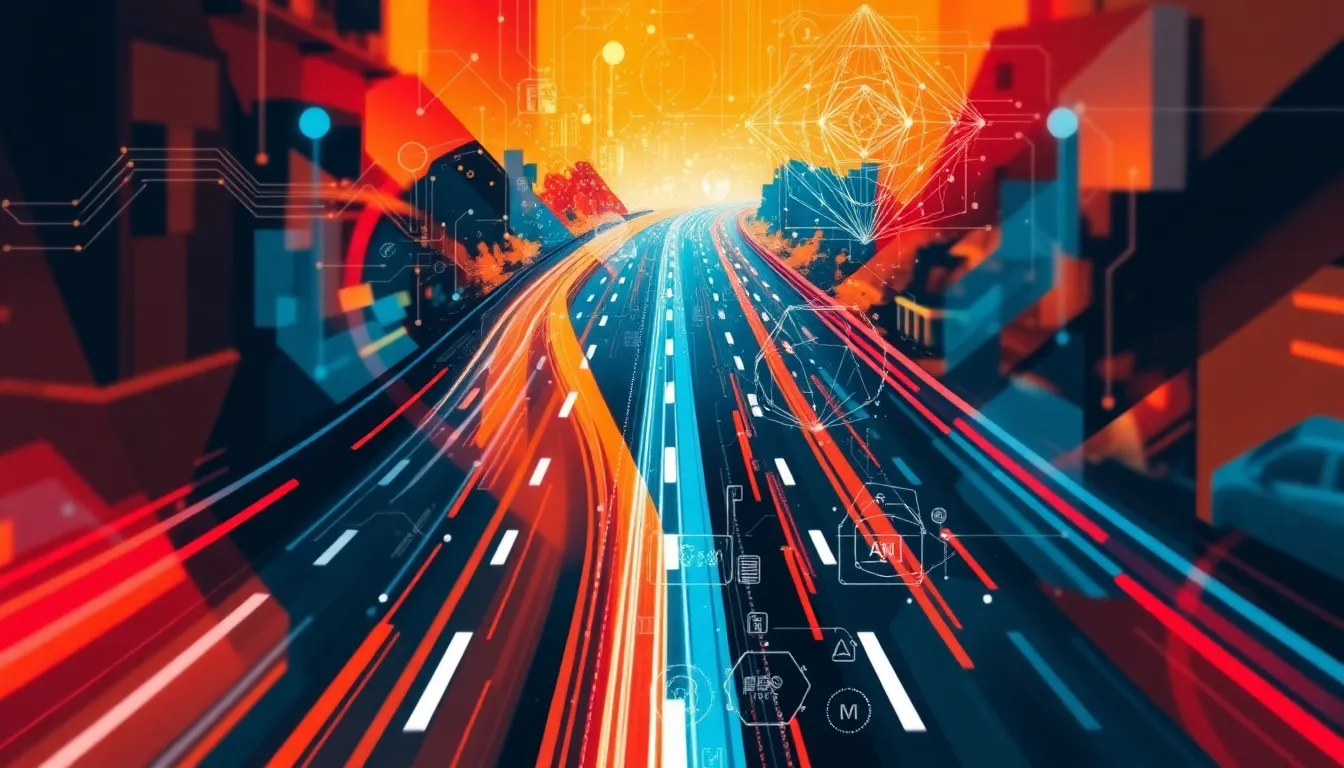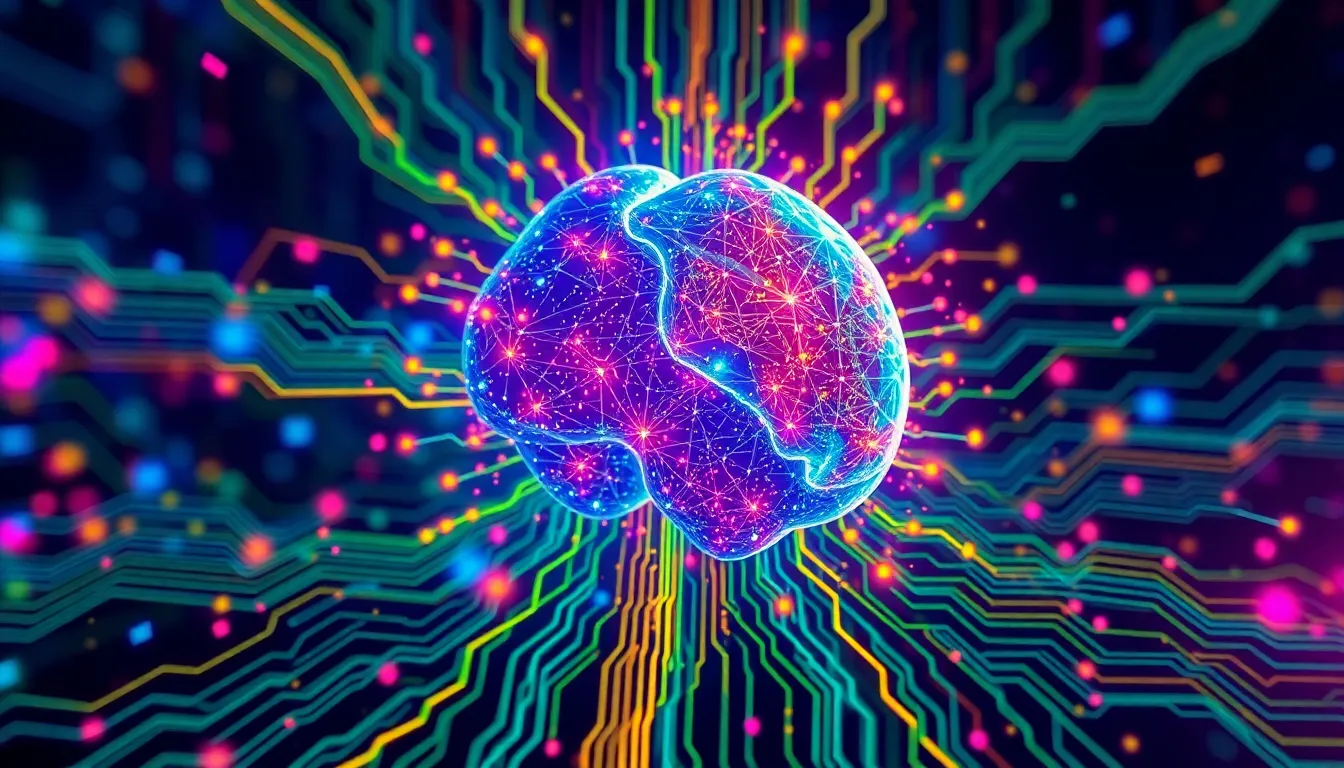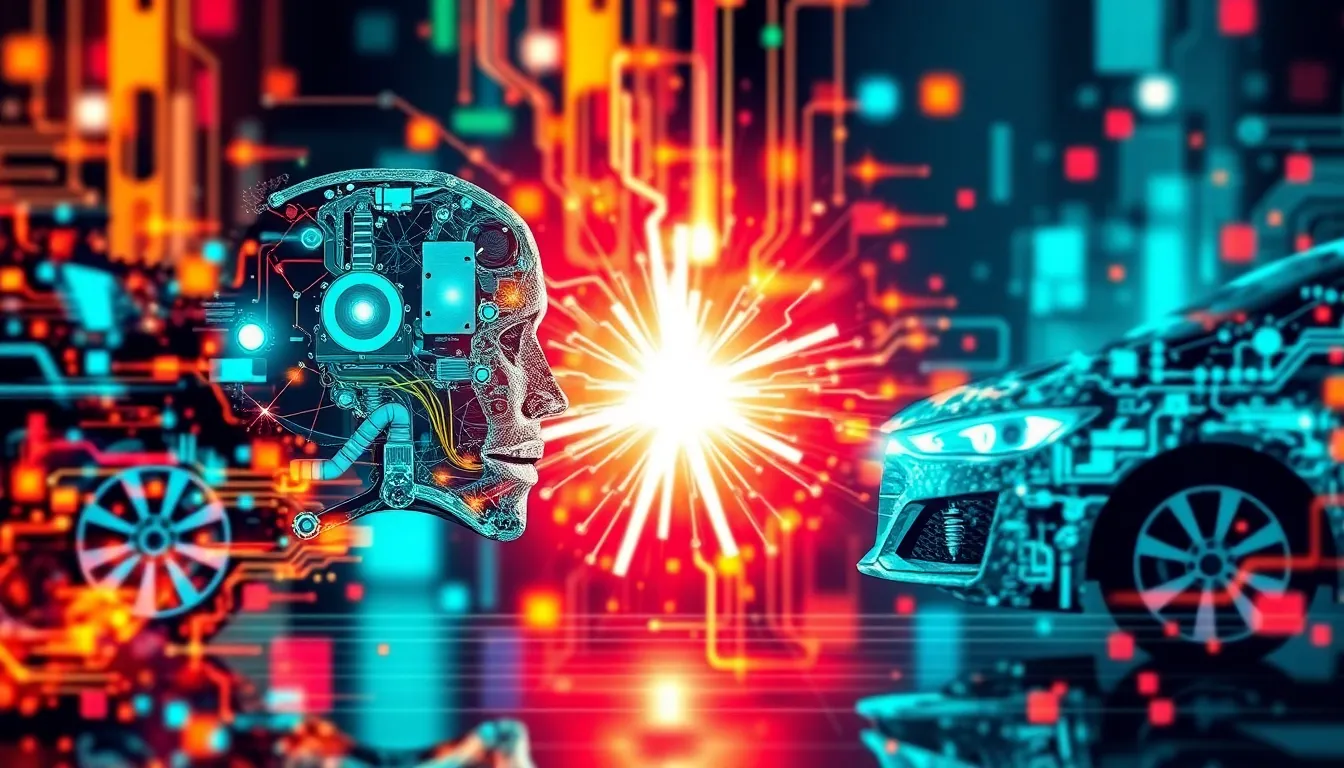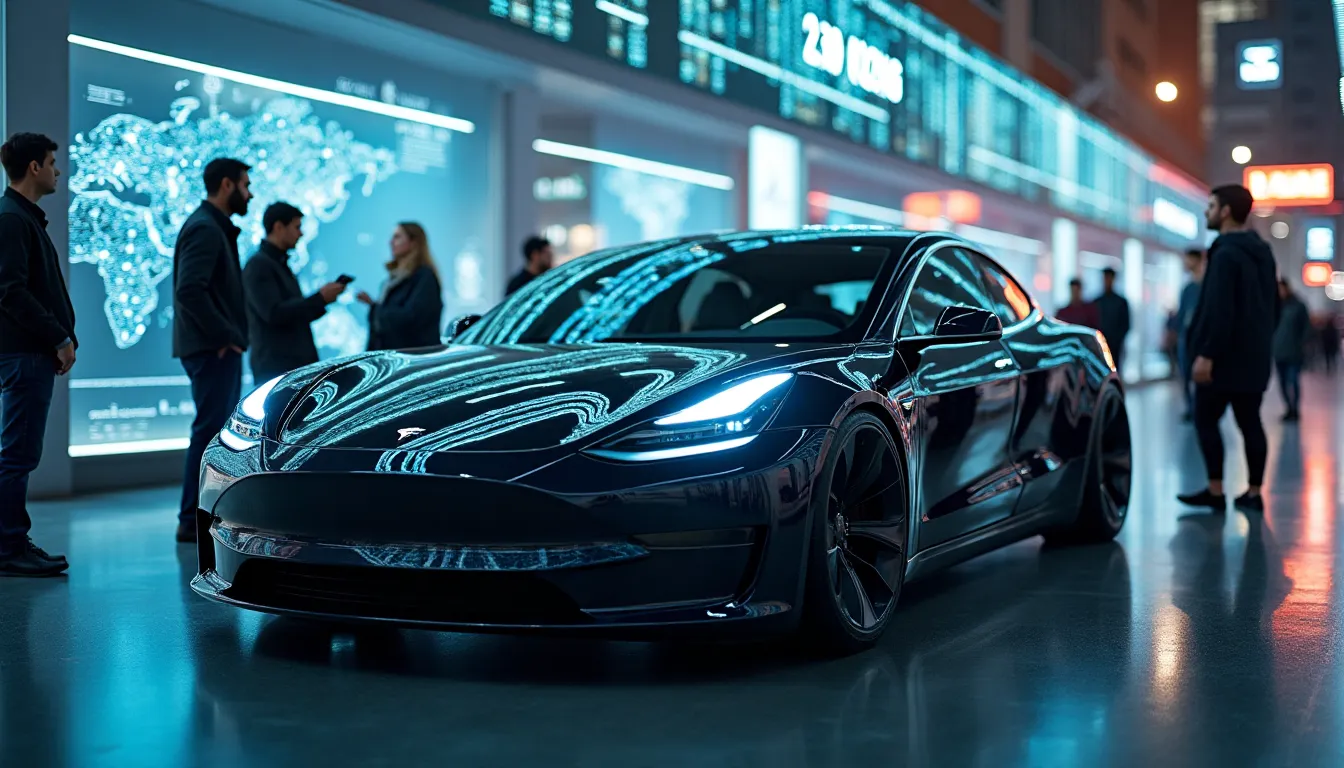In a surprising strategic pivot, Tesla has recently pulled the plug on its Dojo AI training supercomputer, a move that has sent ripples through the auto and tech industries. Once lauded by CEO Elon Musk as the cornerstone of Tesla’s ambitions for full self-driving capabilities, Dojo was intended to harness vast quantities of video data to train its AI systems. However, with approximately twenty employees leaving to form a new company, DensityAI, the shutdown raises critical questions about Tesla’s self-driving agenda and its broader AI strategy. As autonomous vehicle technology continues to evolve at a breakneck pace, this decision highlights the complexities and uncertainties involved in AI development, compelling observers to consider what this means for Tesla’s future in the fiercely competitive automotive landscape. Will this shift bolster a fresh perspective on Tesla’s approach to AI, or will it derail their long-term aspirations for a fully autonomous fleet?
In a surprising strategic pivot, Tesla has recently pulled the plug on its Dojo AI training supercomputer, a move that has sent ripples through the auto and tech industries. Once lauded by CEO Elon Musk as the cornerstone of Tesla’s ambitions for full self-driving capabilities, Dojo was intended to harness vast quantities of video data to train its AI systems. However, with approximately twenty employees leaving to form a new company, DensityAI, the shutdown raises critical questions about Tesla’s self-driving agenda and its broader AI strategy. As autonomous vehicle technology continues to evolve at a breakneck pace, this decision highlights the complexities and uncertainties involved in AI development, compelling observers to consider what this means for Tesla’s future in the fiercely competitive automotive landscape. Will this shift bolster a fresh perspective on Tesla’s approach to AI, or will it derail their long-term aspirations for a fully autonomous fleet?
In a surprising strategic pivot, Tesla has recently pulled the plug on its Dojo AI training supercomputer, a decision that not only shocks tech enthusiasts but also raises fundamental questions about the company’s self-driving ambitions. Initially dubbed the cornerstone of Tesla’s quest for full autonomous driving by CEO Elon Musk, Dojo was designed to process vast amounts of video data, crucial for training their sophisticated AI systems. However, as about twenty employees leave to form a new company, DensityAI, the implications of this shutdown reverberate through the tech and automotive sectors. This pivotal turn prompts us to ponder: How will this affect Tesla’s roadmap in the fiercely competitive landscape of self-driving technology? With autonomous vehicle capabilities evolving more rapidly than ever, this shift lays bare the complexities and uncertainties that characterize AI development today. Will Tesla’s departure from the Dojo initiative reshape their approach to self-driving technology, or will it hinder their long-term plans for a fully autonomous fleet?
“Dojo would be the cornerstone of Tesla’s AI ambitions and its goal to reach full self-driving due to its ability to process truly vast amounts of video data,” – Elon Musk.
User Adoption Data for Self-Driving Technology
The landscape for self-driving technology is continually evolving, with various market trends and user perceptions contributing to its acceptance.
Market Trends:
-
Projected Growth: Autonomous vehicles are anticipated to manage 60% of urban travel by 2040, highlighting significant potential for market expansion in the future
(PatentPC). -
Market Valuation: The self-driving car market in the U.S. is projected to reach $36 billion by 2030, indicating robust growth driven by increasing investment and technological advancements
(PatentPC). -
ADAS Integration: In 2021, around 33% of new vehicles sold across major markets such as the U.S., Europe, Japan, and China were equipped with Advanced Driver-Assistance Systems (ADAS), demonstrating a clear trend towards increased safety and automation features in vehicles
(Wikipedia).
User Acceptance Rates:
-
Safety Perception: As of 2022, global sentiment around safety in self-driving cars remained cautious, with only 27% of individuals feeling safe in such vehicles
(Wikipedia). -
Ease of Use: A survey conducted in 2024 revealed that 87% of respondents found Level 3 automated cars easy to use, suggesting a growing familiarity and comfort with automation
(Wikipedia).
Connection to Tesla’s Dojo Initiative:
-
Project Disbandment: In necessary strategic shifts, Tesla’s recent decision to disband its Dojo supercomputer initiative reflected a reevaluation of its AI strategy, consolidating efforts toward AI chip designs that emphasize real-time processing and decision-making. This endeavor aligns Tesla more closely with established industry players like Nvidia and AMD for better performance and scalability of self-driving technology
(Reuters).
Overall, the trajectory of self-driving technology adoption indicates a path toward increasing market penetration and acceptance, influenced not only by technological advancements but also by consumer perceptions and strategic corporate maneuvers.
User Adoption Data for Self-Driving Technology
The landscape for self-driving technology is continually evolving, with various market trends and user perceptions contributing to its acceptance.
User Adoption Insights:
-
Safety Perceptions: Recent studies indicate that consumers recognize the potential benefits of autonomous vehicles (AVs) but confront safety concerns, functional failures, and data privacy issues significantly impacting their adoption intention. Perceived risks often overshadow perceived usefulness and ease of use. Enhancements in technology, particularly in real-time risk assessments, could bolster users’ sense of security in AVs
(PMC). -
Ease of Use: Research also highlights that features perceived as user-friendly could boost the adoption of AVs. Surveys show that 87% of respondents found Level 3 automated cars easy to operate, hinting at increasing consumer comfort with automation
(PMC). -
Demographic Variations: Acceptance of self-driving technology is often age-dependent. Individuals aged 18-34 are generally more receptive than older adults over 65, who express concerns regarding safety, familiarity with technology, and control
(Cruise on Wheels).
Tesla’s Strategic Changes and Market Positioning:
-
Tesla’s recent disbandment of its Dojo supercomputer team reflects a reevaluation of its AI strategy, pivoting to real-time processing and decision-making capabilities. The shift raises questions regarding its future in the autonomous vehicle domain as it increasingly teams up with industry giants such as Nvidia and Samsung for essential AI chip production
(Reuters). -
Tesla has launched pilot robotaxi services, marking a significant step toward realizing its autonomous ambitions, although challenges persist, as evidenced by a recent court ruling against its Autopilot software, which could threaten its future plans in this sector
(Reuters).
Overall, while the trajectory for self-driving technology looks promising, consumer acceptance remains intricately linked to perceptions of safety, ease of use, and demographic factors. Tesla’s strategic maneuvers reflect its aim to lead in the autonomous vehicle space despite significant challenges ahead.
| Chip Name | Specifications | Use Cases |
|---|---|---|
| D1 Chip | 362 teraflops of processing power for training AI models. | Primarily used for deep learning tasks and neural network training. |
| D2 Chip | Enhanced architecture with 600 teraflops and efficiency for real-time inference. | Designed for deployment in robotics and self-driving applications. |
| AI6 Inference Chip | Advanced AI capabilities optimized for edge computing with low latency. | Focused on real-time processing for autonomous navigation and decision-making in vehicles. |
| Chip Name | Specifications | Use Cases |
|---|---|---|
| D1 Chip | 362 teraflops of processing power for training AI models. | Primarily used for deep learning tasks and neural network training. |
| D2 Chip | Enhanced architecture with 600 teraflops and efficiency for real-time inference. | Designed for deployment in robotics and self-driving applications. |
| AI6 Inference Chip | Advanced AI capabilities optimized for edge computing with low latency. | Focused on real-time processing for autonomous navigation and decision-making in vehicles. |
DensityAI: A New Player in the AI Landscape
DensityAI is a promising new startup founded by a group of former Tesla executives, including Ganesh Venkataramanan, who previously led Tesla’s Dojo supercomputer initiative. Along with ex-Tesla team members Bill Chang and Ben Floering, DensityAI is poised to make significant strides in the AI domain. The company’s primary focus is on developing advanced AI chips, hardware, and software that cater specifically to the automotive industry, addressing the growing demand for specialized AI infrastructure solutions in the era of autonomous vehicles [Bloomberg Law].
With the increasing volumes of data generated by modern vehicles, DensityAI seeks to tackle the challenges associated with high-density computing. By providing energy-efficient and scalable AI architectures, the company aims to enable automakers to effectively scale their autonomous driving systems. This aligns with a broader industry trend where veterans harness their expertise to create disruptive entities that rival established players like Nvidia in the automotive AI space [DIYATVUSA].
The emergence of DensityAI not only reflects a strategic response to the limitations of Tesla’s AI strategy but also positions the firm as a potentially critical player in reshaping AI infrastructure. By offering dedicated solutions for automotive manufacturers and robotics firms, DensityAI is set to significantly impact the data center landscape, contributing to the advancement of autonomous vehicle technology [Ainvest]. With its fresh perspective and innovative products, DensityAI aims to disrupt the current AI supply chain, paving the way for next-generation AI applications in vehicles and beyond [WebProNews].




Tesla’s AI Strategy Shift
In a significant departure from its previous approach, Tesla has shut down its Dojo AI training supercomputer project which was touted as vital for the company’s ambitions in autonomous driving. This unexpected decision followed the departure of around twenty employees who left to establish DensityAI, a new venture focused on providing specialized AI services. The ramifications of this strategic pivot are vast, raising questions about Tesla’s long-term aspirations in the self-driving technology space.
The closure of Dojo, initially heralded by CEO Elon Musk as the cornerstone of Tesla’s self-driving ambitions due to its capability to process immense amounts of video data, signifies a reassessment of how Tesla plans to advance its autonomous vehicle technology. Without the Dojo, Tesla may struggle to maintain its competitive edge, particularly as other tech companies, such as Nvidia, continue to invest in and refine their own AI systems for self-driving applications.
Furthermore, this shift in strategy introduces potential upheavals within Tesla’s operational framework as they now need to rely more on alternative partnerships for AI chip production. The recent $16.5 billion deal with Samsung for AI chip manufacturing illustrates the necessity of pivoting our focus, as Tesla aligns with existing industry players rather than trying to cultivate its technology entirely in-house.
The talent loss to DensityAI is another critical factor. Employees who are building DensityAI carry with them significant expertise from Tesla’s ambitious AI projects, which means that they could potentially deliver advanced AI solutions that might eclipse Tesla’s current offerings. DensityAI’s focus on creating solutions for data centers and automotive applications reflects a broader industry trend toward specialization in AI, which could outpace Tesla’s generic approach if they do not find a way to innovate quickly.
Moreover, by disbanding the Dojo initiative, Tesla risks losing valuable ground in a market where self-driving capabilities are rapidly becoming paramount to automotive manufacturers. Analysts had previously predicted that Tesla’s successful implementation of self-driving technologies could add significant value, potentially elevating the company’s market valuation by approximately $500 billion. The decision to shut down a project that held such promise could have adverse effects on investor sentiment and public perception surrounding Tesla’s commitment to innovation.
Overall, Tesla’s strategic shift regarding its AI initiatives is a high-stakes gamble that could reconfigure its position in the automotive landscape. While it may find fresh avenues for innovation and collaboration with DensityAI and others, the closing of Dojo brings forth uncertainty regarding the company’s capacity to deliver on its original aspirations for full self-driving technology. The outcome of these shifts will either pave the way for a resilient transformation or lead to potential setbacks in achieving the ambitious vision Musk has laid out.
DensityAI’s Emergence
The founding of DensityAI marks a pivotal moment in the AI landscape, particularly within the automotive sector. Established by a group of former Tesla executives, including notable figures such as Ganesh Venkataramanan, who previously directed Tesla’s ambitious Dojo supercomputer initiative, DensityAI is positioned to make a substantial impact. Alongside Venkataramanan, industry veterans Bill Chang and Ben Floering have joined forces to create a company dedicated to advancing AI chip technology tailored for the evolving needs of the automotive industry.
With the automotive sector witnessing an explosion in data generated from connected vehicles, DensityAI’s mission revolves around empowering automakers to harness this information. The company aims to deliver high-performance, energy-efficient AI architectures that can easily scale to support sophisticated autonomous driving solutions. This strategic focus aligns with an overarching trend in the industry wherein seasoned professionals are leveraging their expertise to create innovative entities that challenge established giants like Nvidia in the AI space.
DensityAI emerges as a direct response to Tesla’s recent strategic pivot away from its previous AI development strategy. The shutdown of the Dojo supercomputer, once hailed as a critical component in Tesla’s path toward achieving full autonomy, has prompted the formation of DensityAI to pivot towards dedicated AI infrastructure solutions. This underscores a growing recognition within the industry that specialized data processing capabilities are indispensable as autonomous vehicle technology matures.
As DensityAI gains traction, its impact on the automotive industry could be profound. By harnessing cutting-edge AI technology, the company is poised to redefine the standards for AI applications in vehicles, fostering the development of disruptive automated solutions. This shift could catalyze advancements not only in self-driving technology but also across a spectrum of applications where efficiency, safety, and automation intersect.
The advent of DensityAI signals a potential transformation within the AI landscape, indicating that the future holds promise for specialized, agile firms that can respond to the demands of a rapidly evolving market. With the automotive industry increasingly prioritizing autonomous capabilities, the significance of DensityAI’s emergence cannot be understated.
Notable Quotes Impacting Tesla’s AI Strategy
- Elon Musk: “Dojo would be the cornerstone of Tesla’s AI ambitions and its goal to reach full self-driving due to its ability to process truly vast amounts of video data.”
- Elon Musk: “It seems like intuitively, we want to try to find convergence there, where it’s basically the same chip.”
- Peter Bannon (Tesla’s former Director of Hardware Engineering): “The power of neural networking isn’t just in how many neurons are in a model, but how these interconnect to form a sophisticated understanding of the environment.”
- Ganesh Venkataramanan (co-founder of DensityAI): “By focusing our efforts at DensityAI, we hope to redefine how data is processed in the context of automotive AI, paving the way for better decision-making systems for autonomous driving.”
- Bill Chang (Co-founder of DensityAI): “The challenge is not just building AI systems but building them to be robust and adaptable in real-world scenarios. DensityAI aims to tackle those challenges directly.”
These statements shine a light on the visions and objectives of key figures involved in Tesla’s AI initiatives, illustrating the complexities and aspirations that shape the landscape of autonomous vehicle technology. Their insights provide a deeper understanding of the strategic shifts and routes taken by Tesla and new entrants like DensityAI in the evolving digital and automotive sectors.
In conclusion, Tesla’s recent decision to discontinue the Dojo supercomputer initiative marks a significant turning point in its strategy towards AI and self-driving technology. This move reflects broader trends in the industry, pushing Tesla to reconsider its approach in the face of fierce competition and rapid technological advancements. The exodus of experienced employees to form DensityAI highlights the emergence of new players that could potentially disrupt traditional paradigms within the automotive AI space.
Despite the potential setbacks associated with losing the Dojo project—once deemed essential for advancing full autonomy—this could also lead to new collaborations and innovative solutions for Tesla as it partners with established entities like Samsung for AI chip manufacturing. The projected impact of such partnerships, alongside the promising advancements from companies like DensityAI, provides a glimpse into a future where specialized AI solutions become critical. Moreover, as society’s acceptance of self-driving technology continues to grow, the demand for safe and efficient autonomous systems will remain a central focus for Tesla and its rivals.
Ultimately, Tesla’s strategic shift may redefine its position in the competitive landscape of autonomous vehicles, with the potential to either emerge as a leader or face challenges in realizing its ambitious goals. The journey ahead will undoubtedly be complex, but it is also an exciting opportunity for innovation and growth within this dynamic sector as Tesla navigates the shifting tides of technology and public perception.
SEO Optimization of Tesla’s AI Training Supercomputer and Strategic Shifts
The recent Tesla Dojo shutdown marks a pivotal transition for the company in its self-driving technology journey. This strategic pivot from the Dojo AI training supercomputer raises significant questions about Tesla’s ambitions and direction. Below are the central points on enhancing the overall SEO performance of this article:
- Keyword Integration: The phrase “Tesla Dojo shutdown” should be included naturally in the introduction and conclusion sections to reinforce focus on this topic.
- Headers: Use appropriate header tags (H2, H3) effectively throughout the article for better organization and to include related keywords where applicable. For example:
- H2: Tesla’s AI Strategy Shift
- H2: DensityAI: A New Player in the AI Landscape
- H2: Impact of the Dojo Shutdown
- Readability Enhancements: Sentences should be concise, ideally under 20 words, and paragraphs kept short (2-3 sentences). This improves engagement and makes it easier for readers to digest complex information.
- Bullet Points and Lists: Use bullet points or numbered lists for summarizing key facts or trends regarding self-driving adoption data, making them easier to read at a glance.
- Transition Words: Integrate transition words like “furthermore,” “however,” and “moreover” to enhance the flow of ideas and improve coherence throughout the article.
- Utilize Readability Tools: Employ readability assessment tools such as the Flesch-Kincaid readability test to ensure the article maintains a balance between complexity and clarity while integrating necessary keywords without overstuffing.
By optimizing these aspects, the article not only becomes more user-friendly but also enhances its visibility across search engines. This can lead to increased traffic and better engagement from readers interested in Tesla’s influence on AI and autonomous technology.
In conclusion, while the decision to discontinue the Dojo initiative raises concerns, it also sets the stage for potential innovations through partnerships and new ventures like DensityAI. As self-driving technology continues to evolve, Tesla’s adaptability will be crucial in navigating the competitive landscape, and strategic SEO efforts can ensure this discussion remains prominent in relevant searches.

